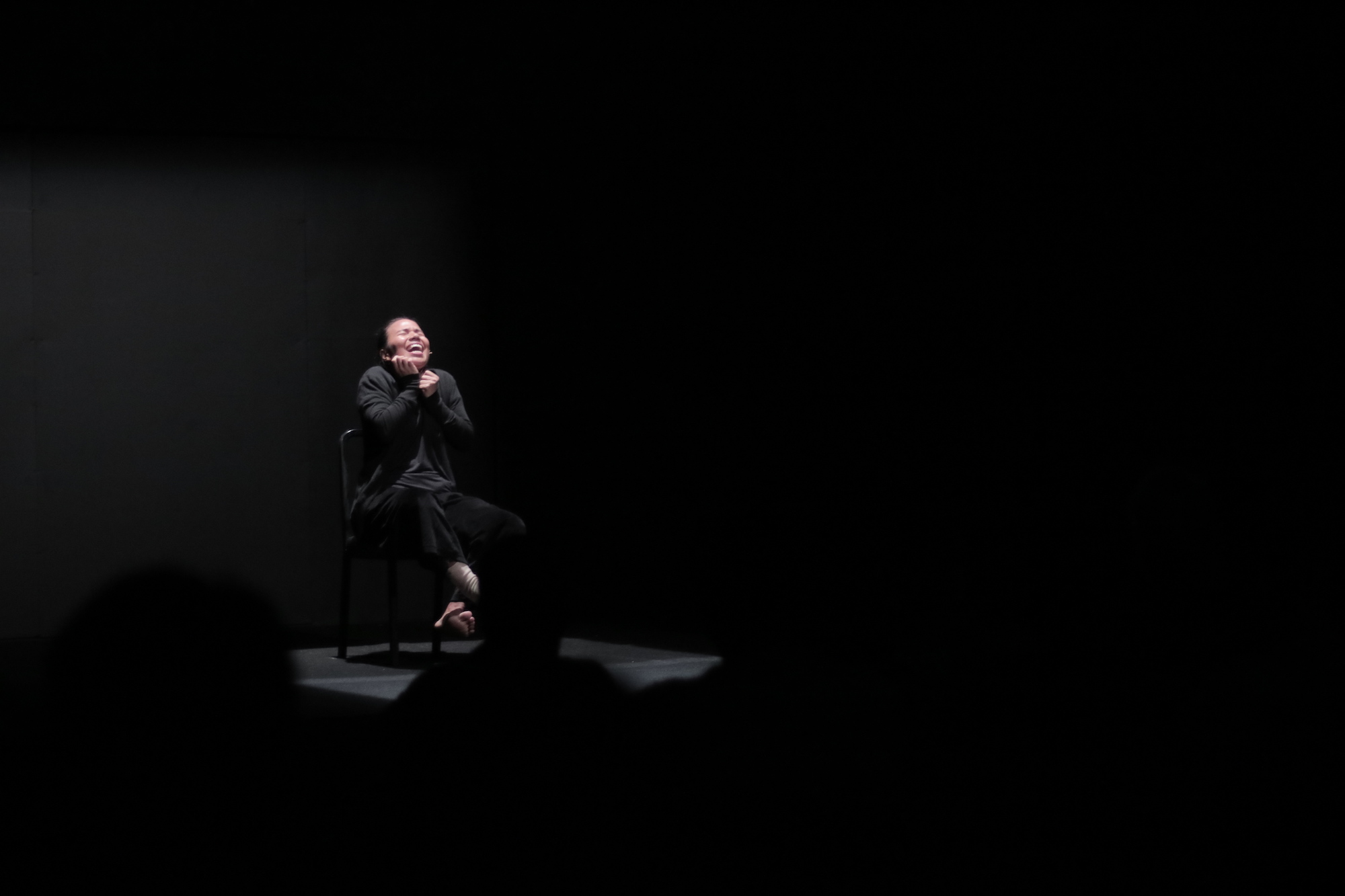
REVIEW: A stellar performance in “Ang Dalagita’y Sang Bagay na Di Buo”
A lot of things are extraordinary in Ang Dalagita’y Sang Bagay na Di Buo. For one, it’s a one-woman show in a one-act of a punishing length for both audience and performer. Part of Fringe’s 1SA Solo Arts Platform, it’s nearly two hours, with a subject matter and narrative that only gets more extreme as it goes along.
The Girl is ‘not whole’, as the title suggests. Half-formed, as termed by the author Eimer McBride from which this adaptation stems from. The girl had been impeded all her life by a mother that saw her a poor second to the son she loved and doted on, repressed by her Catholic upbringing, and then abused and made object of sexual gratification primarily by a perverted uncle and then every other man that came after. A life so marred with abuse that it beggared belief; that even she, in the end, grows disconnected and desensitized.
The broken, almost poetic prose of the source material (McBride’s A Girl is a Half-Formed Thing) ranged from puzzling rambles to downright unintelligible, but Rody Vera’s translation tempers McBride’s inaccessible words with an adaptation that doesn’t diminish the visceral appeal of the text. Indeed, without veering away and in fact sticking as close to the source as possible, the Girl’s rural Irish Catholic beginnings isn’t too far away from Filipino Catholicism.
Director Jose Estrella’s black-on-black staging doesn’t dim the storytelling, nor just give it a perfunctory darkness. There is absence of color, of light in the story of the Girl, and yet there is freedom for the performer to express, to move, to tell her story unencumbered by theatrical accoutrements. There is only movement and language and emotion. Color and theatrics are only introduced at the very end in a mesmerizing end scene that was a mark of catharsis and escape.
Central to the extraordinariness of this production is Skyzx Labastilla’s performance as the Girl from her own conception until the end, playing even the key players in the Girl’s life: her strict Catholic mother, her ill brother, her uncle and abuser, and the many other people that came in and out of her life. Labastilla’s exemplary performance isn’t in snappy character transformations between child and adult, man and woman. It is ultimately in her wrenching storytelling; the lucidity of her movement and delivery that enraptures the audience to empathy.
Though almost too astonishing and at times theatrical that is shines brightest as a showcase of talent, Ang Dalagita’y Sang Bagay na Di-Buo is still a story that gives voice to the victim and provides the narrative and even the storytelling solely in her point of view–and that is the true power that it wields.

